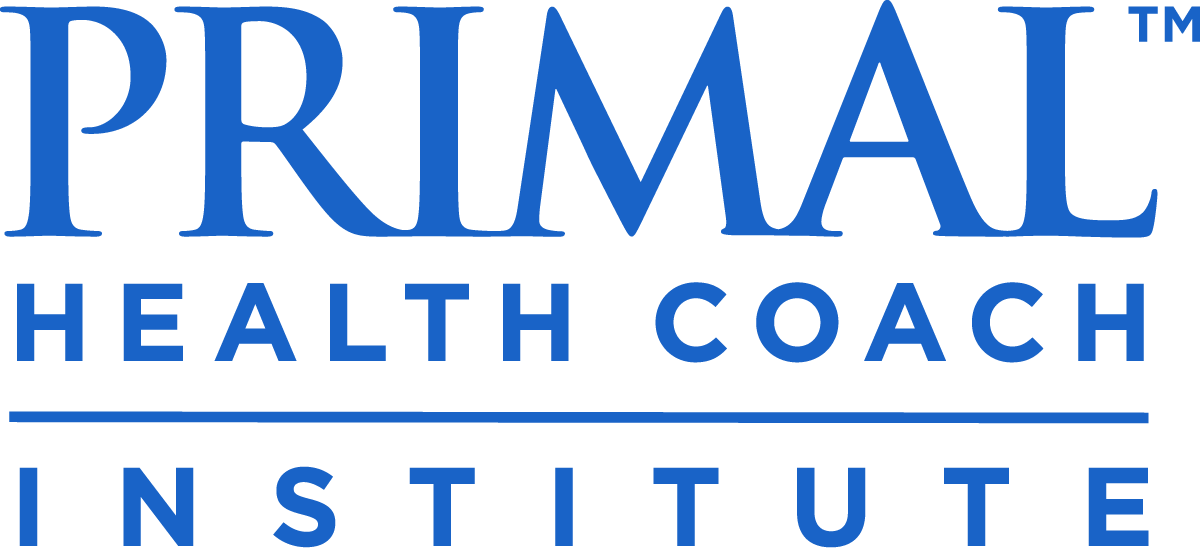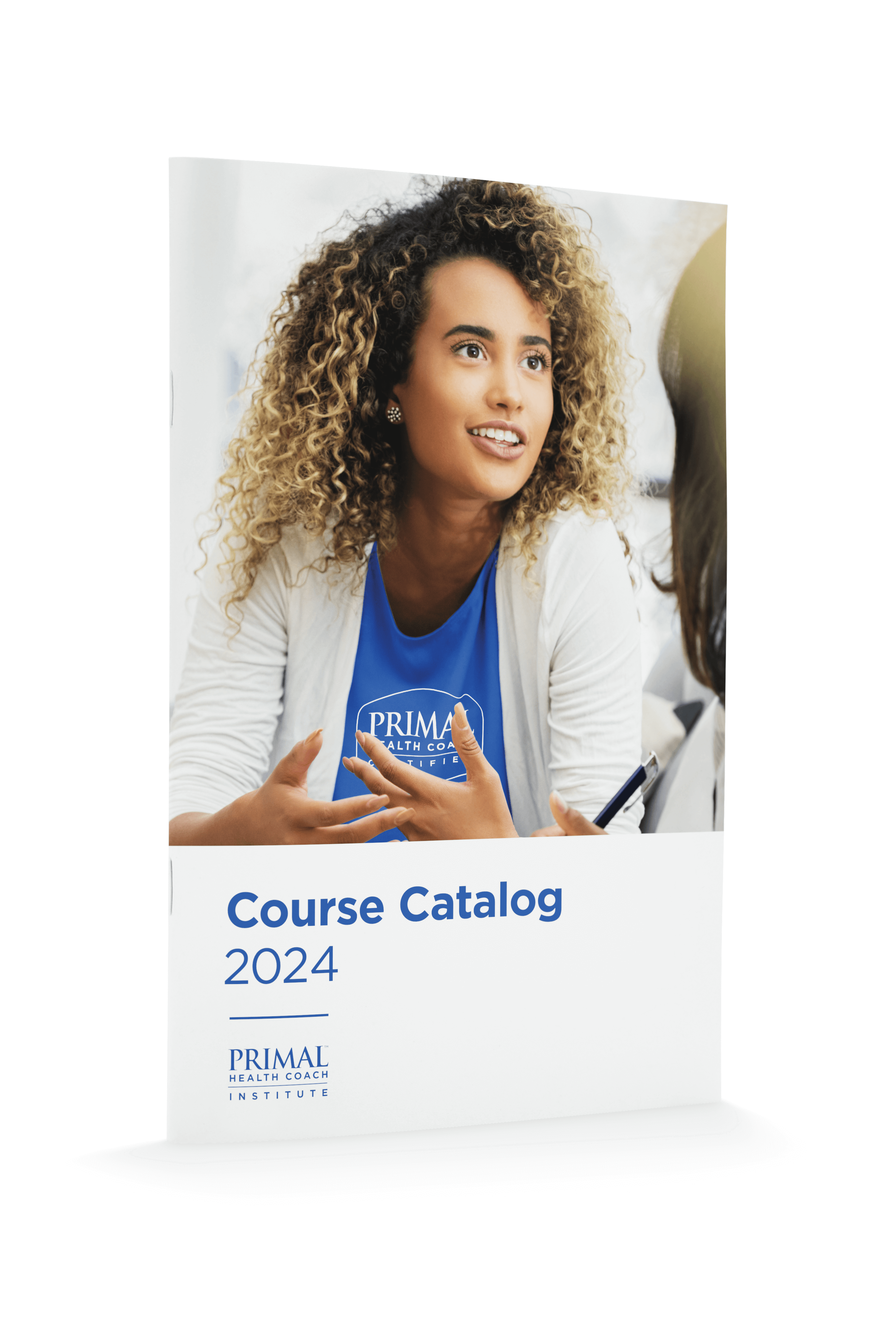
You’ve embarked on your new health coaching journey, and you’re ready to start sharing your gifts with the world. It’s only natural to feel tongue-tied at first when someone asks the usual, “So…what kind of work do you do?”
Instead of replying with your job title, like, “I’m a health coach,” you’ll want to craft a unique elevator pitch, or 30-second description, that draws someone in to ask more about what you do. To put it simply:
Your elevator pitch aims to highlight three main details about your primary service.
- Who do you help?
- What problems do you solve, or what outcomes do you foster?
- What makes your service (or product) intriguing?
The more you listen to yourself using an elevator pitch in real life, the more you become inspired to enhance it so that it feels right coming out of your mouth—and so that you pique the interest of whomever you’re interacting with.
Here are 18 things to consider when artfully crafting your elevator pitch:
Note: Every tip that follows may or may not apply to you, but taking them in this general order will guide you to the finish line more efficiently.
1. Who, specifically, do you help?
Sure, you help people, but what kind of people? Busy People? Women or Men? Moms on a budget? Guys with zero free time? The more specific you are, the more likely you are to fascinate the listener or inspire a referral.
2. Who do you enjoy helping the most?
This adds a little depth to your elevator pitch. After you describe who you help, you’ll expand on it by saying “especially____.” Here’s an example:
“I help Moms on a budget, especially Moms with two or more young children…”
3. What problem do you solve?
When you’re new at coaching, or you have a new product/service to offer, it can be tricky to nail down the struggles or problems your ideal client is most desperate to solve. You think you know what they want, but your guess isn’t quite accurate enough.
One way to find out is to ask people who are similar to your ideal client, something like this: “If I could help solve your most pressing health problem in the next few months, what one problem would that be?”
4. Which problems do you excel at addressing?
So you’ve identified which problem you solve, but is there a way for you to get even more specific by highlighting the struggles you’re best at solving? Here’s an example:
“I help men who have zero free time to prioritize their health even though they’re so busy. I love teaching them scheduling hacks so they can stop skipping gym time and start eating better.”
5. What goals do your clients have?
In some cases, you’re better off describing a goal that your clients are motivated to achieve—instead of describing a problem you help them solve. This is especially helpful for health coaches who work with clients on fitness or performance-related goals.
Surveying your social media followers can help you nail the language needed to connect. Ask them: “If I could help you achieve your most desirable fitness goal in the next few months, what one goal would that be?”
6. What unique solutions/systems do you offer?
Do you offer something original, such as a 30-day keto challenge or a virtual group coaching program? Mention your original solutions that set you apart from other coaches. It helps others to foresee the value in what you do.
7. Are you speaking in terms that the general public understands?
Be careful not to use industry lingo when you’re describing your product or services. Instead of “I help Dads reverse metabolic syndrome,” try something like: “I help Dads reduce high blood pressure, improve their lab results, and fit into their college pair of jeans.”
8. What outcomes/benefits do you help your clients achieve?
If you really want to captivate someone with your pitch, you’ll need to paint a picture of the outcome you help others achieve. How are their lives different after using your services? What do they feel like once they achieve their desired outcomes? What emotions do they experience?
9. What hidden benefit do you help your clients experience?
This benefit is often hidden in your client’s subconscious mind. On the surface, someone might say they’re tired of being overweight. Digging deeper, they might say, “I want to do this so I can fit into my clothes again.” If you dig even deeper, they might say, “I want this so I can look forward to having my picture taken and love who I see in the photos.”
10. Are you describing your clients’ struggles in their own words?
When describing the problems you solve, or the outcome they seek, are you using the same words and phrases that your ideal clients use to describe them?
To figure this out, check out the language your ideal clients use when they post in relevant Facebook groups, or use a free service like Survey Monkey to learn your audience’s struggles in their own words.
11. How can you convey enthusiasm about what you do?
This is a suggestion you don’t see very often, but it’s the most authentic way to draw someone in. Think to yourself, now, what is it that lights you up when you’re helping others achieve their goals?
Instead of getting philosophical here, think about the simple emotions and enthusiasm you experience from coaching others, and express that. My personal one, lately, is something like: “I love helping them pick up on patterns that get in their way, and then we work together on strategies that really spark a breakthrough. It inspires me every time!”
12. What characteristics make you great at what you do?
Adding in some words that highlight your unique traits or attributes helps to emphasize why you’re the right person for the job. This can be something about your personality or your work ethic, like, “I’m extremely dedicated and involved with my clients because I know they can succeed—and I’m determined to get them there!”
13. What life experiences make you ideal for your clients?
Do you have previous experience, such as overcoming the same problem you help others solve? Or do you have previous experience working in a complimentary industry that gives you a unique perspective? These can be intriguing details to share.
14. Who are you speaking to?
Once you start using your elevator pitch—and answering the “What do you do?” question more confidently—it helps if you’re able to tweak your description so it meshes better with the person you’re talking to.
For instance, if you’re at a networking event, will you describe your services the same way you describe them at a friendly dinner party? Even more specifically, who are you talking to? Your description may differ when you’re chatting with your 65-year-old neighbor versus when you talk to a personal trainer at your gym.
15. Use the words you normally would
I can’t express enough how important this is to consider, especially when you’re speaking to someone in person. We all start creating an elevator pitch by writing it down until we get it right. Here’s the problem: when it comes time to say it in public, we sound like we’re reading from a script.
To prevent this, make an audio recording of yourself saying your new elevator speech. Then, play it back to yourself to hear how scripted and rehearsed it sounds.
To improve on it, pretend you’re talking to your best friend and add in some of your own fillers, such as: “like” or “you know,” to help you sound more like yourself. You might consider changing a word, such as “incredible,” to something like “unreal”—if that’s a word you’re more likely to use. We all have a tendency to try and sound more intellectual, but what we really need is to sound more like our true selves.
16. Is this being shared online?
An elevator pitch is not only used when you’re talking to other people, but we use it in online marketing, too. The language you use can be different when it’s online, so play around with your words and phrases so it captivates readers more quickly. Pay attention to what is working—and what’s not working—by analyzing your social media engagement and email statistics.
Most importantly, we all need a short version of our online marketing message, one that’s only a sentence long. This is for spots like an Instagram bio or website header. Create something that flows like this: “I help______ to do/get ________ ” And, if there’s room, end it with: “so they can __________”.
17. How is your service provided?
Is it online or in person? Is it intensive or self-paced? It’s wise to master how you can clearly summarize the delivery of your services, like, “I coach people one-on-one, both virtually and in person.” Or, “It’s a digital program that you can access anywhere, anytime, and you can go through the steps at your own pace.”
18. How are you drawing your listeners in?
The absolute best elevator speeches turn into conversations. They end in questions, or spark curiosity and elicit responses. After working through all of these tips, you might have a description that’s four sentences long. But if you keep talking for that long, without pausing to interact with the other person, it’ll end up more like a monologue.
Try breaking it up and inviting conversation like this: After you describe who you help and the problem you solve, toss it back to them with something like, “It’s an exciting time to be a health coach!” or, “Do you know anyone who’s struggled with that, too?”
Practice makes perfect with elevator pitches. Start using it right away so you can get more comfortable and let your personality shine through. Give yourself the freedom to let this evolve over time. You’ll soon become magnetic with your messaging and reach more of the people you aim to serve.



